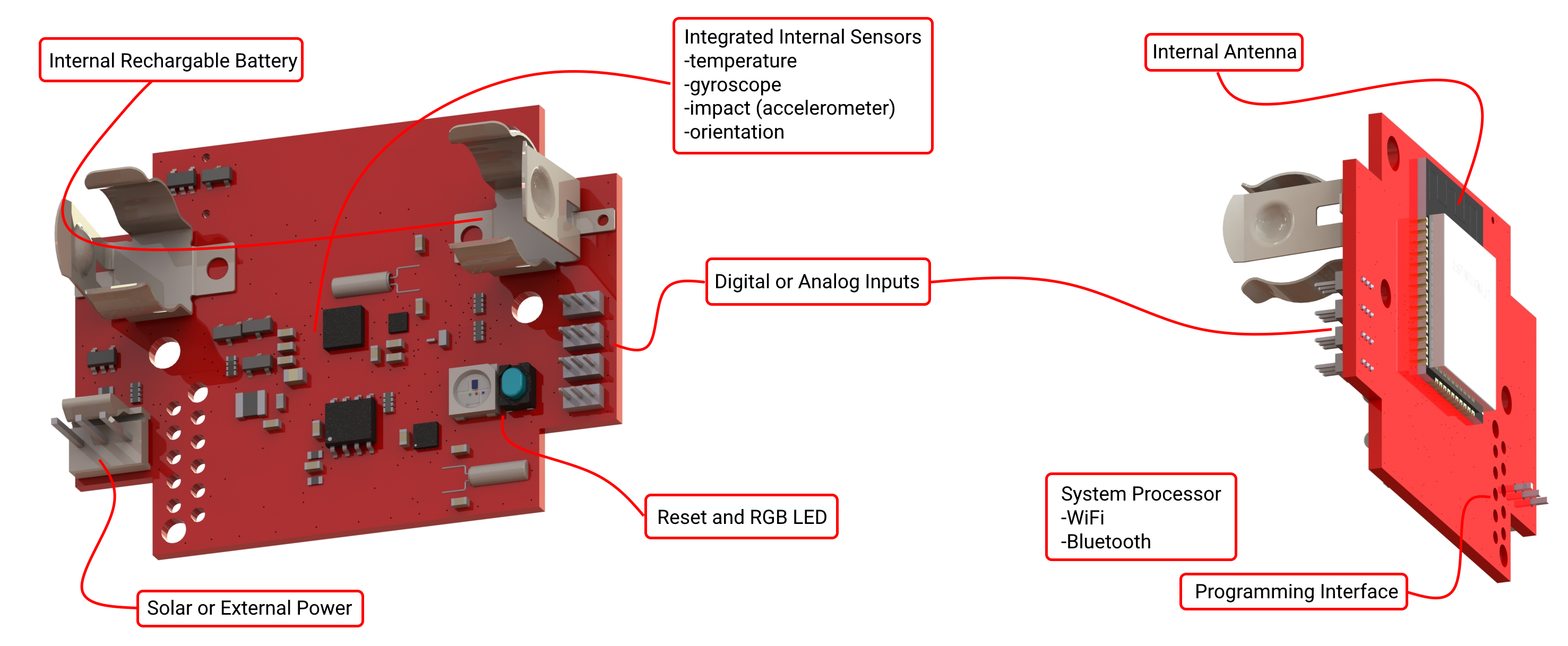Custom IoT Wireless Sensors
.
Custom wireless sensor design for the Internet of Things (IoT) vertical market requires a deep understanding of the specific application and environment in which the sensor will be deployed. Wireless sensors can be designed to detect a wide range of parameters, from temperature and humidity to motion and light, and must be tailored to meet the unique needs of each application. Additionally, wireless sensors must be designed to communicate reliably with other IoT devices, often using specific communication protocols such as Bluetooth or Wi-Fi. Power efficiency is also a key consideration, as wireless sensors must be able to operate on battery power for extended periods of time. Finally, security is a crucial aspect of custom wireless sensor design, with designers working to ensure that sensors are resistant to attacks such as eavesdropping or jamming. Overall, successful custom wireless sensor design for the IoT vertical market requires a combination of technical expertise, creativity, and a deep understanding of the unique demands of IoT applications.
Sensor Selection
Accelerometer
- Truck, trailer, fleet vehicle or railcar impact
- Railcar truck hunting
- Railcar Flat Wheel
Accelerometer + Gyroscope
- Railcar rocking
Accelerometer + Magnetometer + Gyroscope
- 9 Degrees of Freedom (impact, rotation, orientation)
Temperature
Humidity
Switches or Hall sensors
- Door or hatch open
- device present
- tamper indication
Proximity (time-of-flight)
Radio Selection
We are familiar with a number of low-power radio types:
- Bluetooth Low Energy (BTLE5)
- Bluetooth Mesh
- LoRaWAN
- Cellular
- WiFi
- GPS
- DUST


